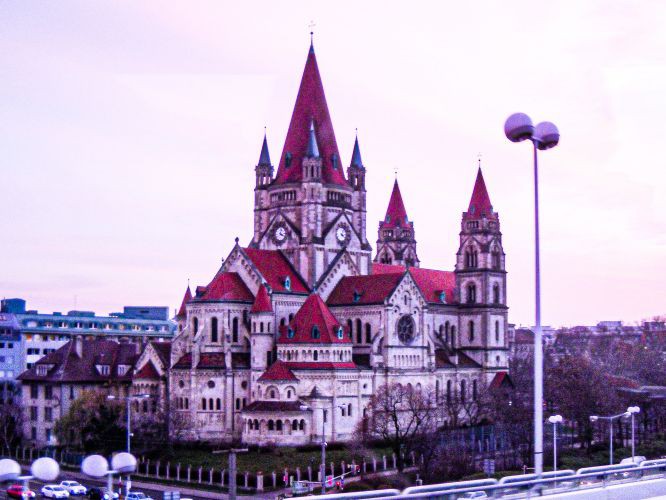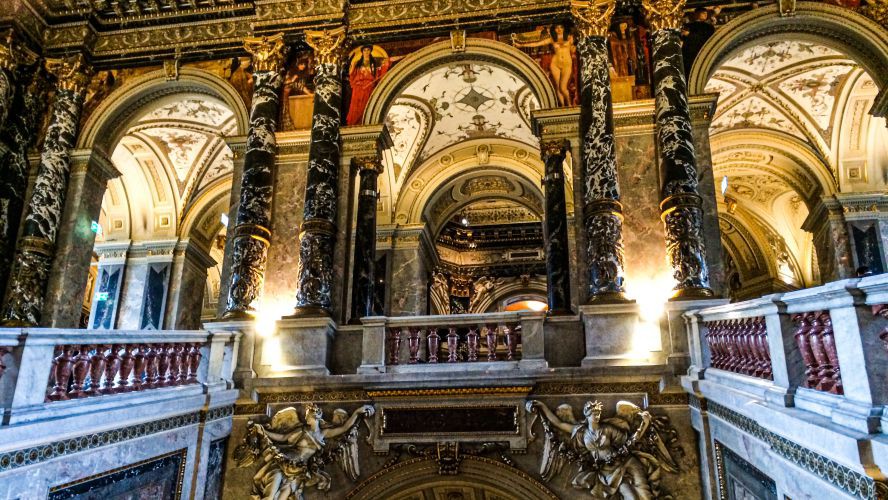Sidebar
Main Menu
Vienna, A City of Imperial Elegant
It is hard to imagine that this small country was once the center of power for more than 300 years. Vienna, the capital of Austria, is rich, elegant, and imperial. Despite its distinct monuments, grand buildings, and wide boulevards, Vienna is a very discrete, very cultured. Quiet in its wealth.
The Habsburg Dynasty in a Nutshell
Before the advent of the Habsburg Empire, Austria hosted the Celts, followed by the Romans. Migration by the Slavs and Magyars followed. In the early middle ages, the Babenberg Dynasty defeated the Magyars. The Babenburgs settled in Vienna and ruled until 1246. Rudolf I defeated Ottokar II in 1278 and started the long reign of the Habsburg Dynasty.
The Habsburg ruled until the early 20th century with periods of attempted conquest by competing empires. Except for periods of the Ottoman Wars in the 16th and 17th centuries, Vienna was allowed to prosper in peace.Substantial building projects were carried out by famous architects, and the city gained a reputation as a cultural capital in Europe. Vienna became the capital of the Austro-Hungarian Empires in 1556 after the Habsburg gained Hungary and Bohemia. The 18th century was a period of extensive building construction when Vienna became a baroque city. The suburbs flourished as the nobility began building "garden palaces" in the surrounding lands. The best know is the Schonbrun Palace, the Belvedere, and the Palais Lichtenstein.
Vienna became the center of the railway network after 1837, as the industrialization of industries drove the first half of the 18th century. Under Emperor Franz Joseph, the city expanded with the construction of broad boulevards called Ringstrasse embellished with many lavish monuments. The city was experiencing rapid growth in arts, culture, and architecture.
Austria and Vienna suffered increasing economic difficulties in the 1800s, resulting in political radicalization and polarization of the political parties. The death of Emperor Franz Joseph in 1916, after a reign of over 50 years, signaled the end of the dynasty. It did not "officially" until after WWI, when Karl I, the successor to Franz Joseph, abdicated the throne. This lead to the formation of new nations in the Habsburg territories.With the invasion of the German army and annexation by Nazi Germany, the state ceased to exist in 1938. Left mostly unscathed during the Nazi occupation, Vienna was bombed by the Allies in 1943, and the fights before the Soviet conquest caused massive destruction in the city.
Vienna was divided into occupation zones by the Soviets, U. S, UK, and France in 1945. With free elections, reconstruction of the city began. The economy picked up thanks to the Marshall Plan. The country was given full sovereignty in May 1955 (Austrian State Treaty) and forbade unification with Germany. A constitutional law that same year declared the country's "perpetual neutrality" as a condition for Soviet withdrawal. With the collapse of the Soviet Union in 1991, Austria entered the EU in 1995. A prosperous, democratic country, Austria joined the EU Economic and Monetary Union in 1999.
The Imperial Palaces
Culture, art, and architecture are all around Vienna. There will be many, so you will want to see what you can on your first visit. And there is good and coffee. Elegant coffee shops are serving the iconic sacher torte, creamy and sweet. Then there is the wiener schnitzel. The schnitzels in Vienna are the thinnest and the least greasy.Enter your text here ...
- The Schonbrun Palace was the primary summer residences of the Habsburgs. It's not in Vienna but the outskirts in Hietzing. The land purchase occurred in the 16th century for hunting and recreation. The palace was built starting in the mid 17th century and completed in its present form in the mid-18th century.
- The Hofburg Imperial Palace was the official residence of the Habsburg monarchy. It was originally a castle built in the 13th century but expanded to a beautiful home. Today, it houses the office of the President of Austria.
- The Belvedere Palace was the summer residence of Prince Eugene of Savoy in the mid 17th century. Prince Eugene was a member of the House of Savoy, the Holy Roman Empire, and the Archduke of Austria. Today, it is a museum of Austrian art.
The Churches
- St. Francis of Assisi Church was built in the late 19th century to celebrate the 50th anniversary of the reign of Emperor Franz Joseph.
The Opera
Museums and Art
The Iconic Food
When you subscribe to the blog, we will send you an e-mail when there are new updates on the site so you wouldn't miss them.



















Comments